The store will not work correctly in the case when cookies are disabled.
JavaScript seems to be disabled in your browser.
For the best experience on our site, be sure to turn on Javascript in your browser.
אנו משתמשים ב-Cookies כדי לשפר את החוויה שלך.
כדי לקיים ההנחיה החדשה של e-Privacy, עלינו לבקש את הסכמתך להגדיר את ה-Cookies.
קבלת מידע נוסף .
אפשר קבצי Cookie
Ie Current Diagnosis & Treatment Geriatrics, 3/E
הוצאה לאור
McGraw Hill Professional
זמן אספקה
21 ימי עסקים - לא במלאי בארץ
תאריך יציאה לאור
10 בנוב׳ 2020
The definitive guide to safe, effective care of older adults―updated with important new content and streamlined for quick access
Doody's Core Titles for 2022!
Covers the complete range of topics in geriatric care, including theory and fundamentals, assessment, conditions, diseases, symptoms, policies, and societal issues that affect older patients Provides a framework for using the functional and cognitive status, prognosis, and social context of patients to guide diagnosis and treatment of medical conditions Delivers essential information on important topics such as delirium, cognitive impairment, dementia, falls and mobility disorders, Parkinson disease and other movement disorders, sleep disorders, and arthritis Includes guidance on care in all settings – clinic, home, hospital, and long-term care, as well as pre- and post-operative settings New content on technology to enhance geriatric care, caregiving support, the unique needs of older immigrants, Medicare and Medicaid, legal issues and conservatorship, aid in dying, assisted living care, short-stay rehabilitation, prostate cancer, marijuana use, syncope, and driving safety
מידע נוסף
מהדורה
3rd Edition
פורמט
Paperback
הוצאה לאור
McGraw Hill Professional
תאריך יציאה לאור
10 בנוב׳ 2020
תוכן עניינים
Section1. Principles of Geriatric Assessment and Care
Introduction to the Care of Older Persons: Knowledge, Skills & System Change
Guiding Principles
Overview of Geriatric Assessment (6)
Geriatric Assessment in Primary Care
Teams
Patient Goals
Prognosis
Functional Assessment
Falls & Gait Impairment
Vision Impairment
Hearing Impairment
Dementia
Incontinence
Depression
Nutrition
Medication Use
Caregiver Support
Financial, Environmental and Social Resources
Abuse
Preventive Services
The Interprofessional Team (5)
Key Definitions & Context
Innovations in Geriatric Interprofessional Teams
Evidence for Interprofessional Teams
Barriers to Teamwork
Resources and Tools for Teamwork
Goals of Care and Consideration of Prognosis (3)
Guide to Goals of Care Discussions
Importance of Surrogate Decision Makers
Prognostication
Prognosis Related to Specific Diseases
Communicating Prognosis to Patient or Surrogate
Functional Assessment & Functional Decline (2)
Epidemiology of Functional Limitations
Assessment of Functional Status
Risk Factors for Functional Decline
Prevention of Functional Decline
Treatment of Functional Decline
Falls & Mobility Impairment (25)
Epidemiology of Falls
Assessment of Fall Risk and Mobility
Risk Factors for Falls
Prevention of Falls
Treatment of Mobility Impairment
Managing Vision Impairment (61)
Normal Changes in the Aging Eye
Cataracts
Age-Related Macular Degeneration
Diabetic Retinopathy
Glaucoma
Systemic Effects of Eye Medications
Visual Symptoms Indicating Need for Urgent Referral to an Eye-Care Specialist
Managing Hearing Impairment (62)
Age-related Hearing Changes
How and when to test for Hearing Impairment
Sensory Hearing Impairment
Neural Hearing Impairment
Conductive Hearing Impairment
Treatment for Hearing Impairment
Cognitive Impairment & Dementia (22)
Age-related Cognitive Changes
Screening for Cognitive Impairment
Mild Cognitive Impairment
Common types of Dementia
Dementia-related Behaviors
When to refer to subspecialty care
Urinary Incontinence (39)
Age-related Urogenital Changes
Screening for Urinary Incontinence
Common Causes, Diagnosis, and Treatment of Male-Sex Urinary Incontinence
Common Causes, Diagnosis, and Treatment of Female-Sex Urinary Incontinence
Sexual Health & Dysfunction (46)
Age-related physiologic changes affecting sexual function
Taking a Sexual History
Sexually-transmitted Infections
Common Causes, Diagnosis, and Treatment of Male-Sex Sexual Dysfunction
Common Causes, Diagnosis, and Treatment of Female-Sex Sexual Dysfunction
Depression & Other Mental Health Issues (45)
Depression
Suicide
Bipolar Disorder
Anxiety & Stress Disorders
Schizophrenia & Psychotic Disorders
Defining Adequate Nutrition (68)
Assessment of Nutritional status in Older Adults
Recommendation on Essential Nutrients, Vitamins and Minerals intake
Definition and potential causes of involuntary weight loss
Obesity in older adults
Interaction of food and medications
Types of nutrition deficiencies
Nutrition in special populations
Principles of Prescribing & Adherence (9)
General Principles & Polypharmacy
Drug Metabolism & Physiologic Effects
Geriatric Therapeutics
Prescribing for Older Adults
Adherence
Intervening to Reduce Polypharmacy
Prescribing Across the Care Continuum
Addressing Multimorbidity (10)
Background and Definitions
Multimorbidity & Health Outcomes
Challenges to Managing Multimorbidity
General Considerations in the Care of Multimorbid Older Adults
Atypical Presentations of Illness (7)
Defining Atypical Presentations
Identifying Patients at Risk
Caregiving and Caregiving Support (new)
Defining Caregiving
Caregiving in Context
Interventions to support caregivers
Caregiver resources
Potential Outcomes from Caregiving
Assessing for Caregiver Burden
Responding to Caregiver Burden
The Social Context (4—delete Medicare and include legal issues—conservatorship, etc. )
Financial Issues Facing Older Persons
Food Insecurity
Legal Issues & Conservatorship (new)
General Recommendations for Clinicians
Detecting, Assessing & Responding to Elder Mistreatment (72)
Detecting and Assessing Elder Mistreatment
Responding to Elder Mistreatment
Prevention & Health Promotion (8)
General Principles of Screening & Prevention in Older Persons
Screening for Geriatric Syndromes
Assessment of Health-Related Behaviors
Immunizations
Screening for Endocrine Disorders
Screening for Cardiovascular Disease
Cancer Screening
Ethics & Informed Decision Making (12)
Ethical Issues in the Care of Older Persons
Decision-Making Capacity & Informed Decision-Making
Advance Care Planning & Advance Directives
Surrogate Decision-Making
Balancing Promotion of Independence & Patient Safety
Geriatric Palliative Care (11)
General Principles
Psychological, Spiritual and Social Issues
Aid in Dying (new)
Challenges to Providing Palliative Care in Long-Term Care Settings
Caring for Family Members: Grief & Bereavement
Assessing Therapies for Longevity & the Biology of Aging (56—rename for John N)
Add domains here
Applying Evidence-Based Care to Older Persons (74)
Challenges with Current Evidence
Applying the Evidence to Older Persons
Section 2: Care Settings
Ambulatory Care & Care Coordination (14—look at content)
General Principles
Models of Ambulatory Care
Care Coordination and Integration Across Health Systems and Services
Transitions of Care (13)
General Principles
Background & Definitions
Adverse Events During Transitions
Barriers to Successful Care Transitions
Evidence-Based Interventions & Best Practices
Innovations
Future of Care Transitions
Emergency Department Care (15)
General Principles
Models of Emergency Care
Structural Enhancements
Financing
Clinical Care
Future of Emergency Care
Hospital Care (16)
General Principles
Hazards of Hospitalization
Successful Models of Care
Approach to the Hospitalized Older Person
Therapy
Prevention
Transitioning from Hospital to Home
Perioperative Care for Older Surgical Patients (17)
General Principles
Surgical Risk in Older Persons
Clinical Care
Models of Surgical Care
Home-Based Care (19)
General Principles
Models of Medical House Calls (Home-Based Primary Care, Transitional Care, Hospital at Home, Home-Based Palliative Care)
Models of Home Nursing & Rehabilitation
Eligibility Requirements & Payment Denials
Approach to Home Care & Assessments
Innovations
Residential Care and Assisted Living Care (new)
General Principles
Models of Residential Care and Assisted Living Care
Nursing Home Care & Rehabilitation (18)
General Principles
Institutional Long-Term Care
Short-stay Rehabilitation (new)
Consider Dementia locked unit care? Other domains?
Technology to Enhance Geriatric Care (new)
New technology for older adults in the community
New technology for older adults in institution
How to evaluate the efficacy and benefits of these new technology
Potential list of reliable sites to rate these devices or services
The Geriatric Care Industry
Safety Enhancing technology
Transportation Enhancing technology
Section 3: Common Conditions & Diseases inGeriatrics
Osteoarthritis (26)
Osteoporosis & Hip Fractures (27)
Delirium (21)
Parkinson’s Disease & Essential Tremor (24)
Cerebrovascular Disease (23)
Coronary Artery Disease (28)
Acute Coronary Syndrome
Chronic Coronary Artery Disease
Heart Failure & Heart Rhythm Disorders (29)
Heart Failure
Bradyarrhythmias
Tachyarrhythmias—Atrial Fibrillation & Atrial Flutter
Ventricular Arrhythmias
Decision-Making about Implantable Devices (new)
Hypertension (30)
Valvular Disease (31)
Aortic Stenosis
Aortic Insufficiency
Mitral Stenosis
Mitral Regurgitation
Peripheral Arterial Disease & Venous Thromboembolism (32)
Anticoagulation (55)
Classes of Anticoagulant Therapy
Management of Bleeding in Older Persons on Anticoagulants
Chronic Venous Insufficiency, Stasis Ulcers & Lymphedema (33)
Chronic Lung Disease (replaces COPD chap 34)
Gastrointestinal Disease (35)
Gastroesophageal Reflux Disease
Dysphagia
Motility Disorders
Peptic Ulcer Disease
Dyspepsia
Diarrhea
Diverticular Disease
Inflammatory Bowel Disease
Fecal Incontinence
Colonic Ischemia
Abdominal Pain
Fluid & Electrolyte Abnormalities (37)
Hyponatremia
Hypernatremia
Hypokalemia
Hyperkalemia
Nocturnal Polyuria
Chronic Kidney Disease (38)
Thyroid, Parathyroid & Adrenal Gland Disorders (41)
Subclinical Hypothyroidism
Subclinical Hyperthyroidism
Hypothyroidism & Myxedema Coma
Hyperthyroidism
Nodular Thyroid Disease & Neoplasia
Acute Adrenal Insufficiency
Cushing Syndrome
Hyperparathyroidism
Diabetes (42)
Anemia (43)
Common Cancers (44)
Breast Cancer
Lung Cancer
Colorectal Cancer
Prostate Cancer (new)
Pancreatic Cancer
Ovarian Cancer
Leukemia
Lymphoma
Common Infections (47)
Urinary Tract Infections
Respiratory Tract Infections
Gastrointestinal Infections
Skin & Soft-Tissue Infections
Prosthetic Joint Infections & Osteomyelitis
HIV & AIDS (new)
Common Skin Disorders (49)
Seborrheic Keratosis
Epidermal Inclusion Cyst
Warts (Verruca Vulgaris & Verruca Plantaris)
Onychomycosis
Dry Skin, Pruritis & Asteatotic Dermatitis
Seborrheic Dermatitis
Stasis Dermatitis
Psoriasis
Rosacea
Contact Dermatitis
Drug Eruption (Morbilliform)
Herpes Zoster
Scabies
Bullous Pemphigoid
Actinic Keratosis
Basal Cell Carcinoma
Squamous Cell Carcinoma
Melanoma
Common Oral Diseases & Disorders (51)
Dry mouth/Xerostomia
Dental Caries
Dentures
Common Rheumatologic Disorders (65—renamed Joint Pain chapter)
Gout
Calcium Pyrophosphate Crystal Disease
Polymyalgia Rheumatica
Section 4: Managing Common Symptoms andConcerns in Geriatrics
Sleep Disorders (50)
Insomnia
Sleep Apnea
Periodic Limb Movement During Sleep & Restless Leg Syndrome
Narcolepsy
Circadian Rhythm Sleep Disorders
REM Behavior Disorder
Sleep Problems in Special Populations
Confusion (52)
Constipation (36)
Benign Prostatic Hyperplasia & Lower Urinary Tract Symptoms (40--added LUTS)
Chronic Pain (54—also include Back Pain (66) in this chapter)
Headaches (60)
Chest Pain (63)
Dyspnea (64)
Syncope (59)
Pressure Ulcers (48)
Driving Safety (new)
Misuse of Alcohol & Psychoactive Prescription Medications (58)
Health Risks
Definitions to Guide Screening and Interventions
Brief Interventions
Complementary & Integrative Medicines (57)
Massage & Chiropractic Therapy
Herbs & Supplements
Marijuana (new)
Other Forms of Complementary or Integrative Medicine
Encouraging Appropriate Exercise (67)
Section 5: Special Populations & HealthPolicies for an Aging Society
Unique Needs of LGBTQ Older Persons (73)
Background & Definitions
Health Issues for LGBTQ Older Persons
Biopsychosocial Aspects of Care
Next Steps
Helping Older Persons with Low Health Literacy (69)
Unique Health Literacy Considerations in Older Persons
Screening for Health Literacy
Clear Health Communication Strategies
Systems Approaches
Effects of Homelessness & Housing Instability on Older Persons (70)
Pathways to Homelessness Among Older Persons
Strategies to Prevent Homelessness
Health Status of Older Homeless Persons
Interaction Between Health Status and Environment
Next Steps
Helping Older Persons in the Criminal Justice System (71)
Background & Definitions
Clinical Care
Older Travelers (20)
General Principles
Overview of Travel Problems
Risk of Venous Thromboembolism Due to Travel
Ship Travel
Air Travel
Resources About Travel Risks
Unique Needs of Older Immigrants (new)
Access to Care
Cultural and Linguistic Barriers to Care
International Perspectives in Geriatric Care (75)
Aging Around the World
Models of Geriatric Care
Medicare, Medicaid & Advocacy to Fund Age Friendly Health Systems (76—renamed public policy chapter and added Advocacy)
Defining Quality and Safety in Geriatric Care
Financing Geriatric Care and Age Friendly Health Systems
Author
Walter

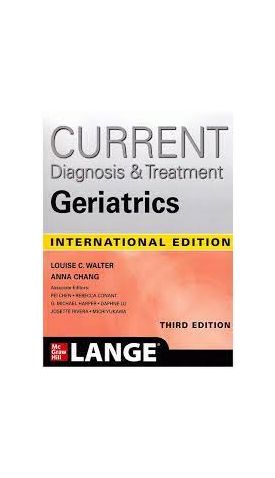

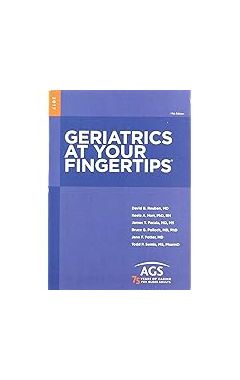
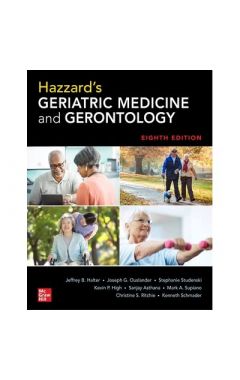

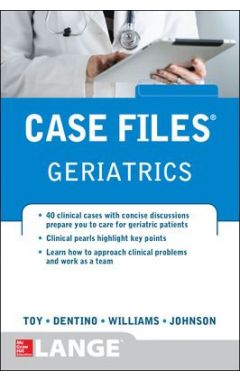
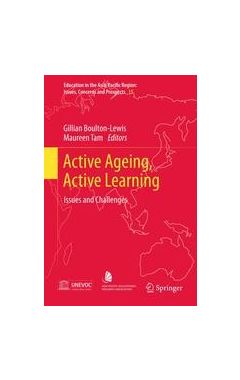
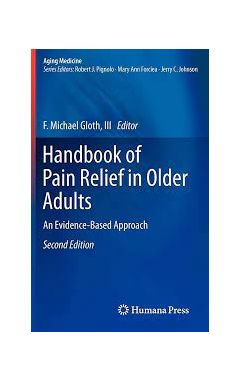
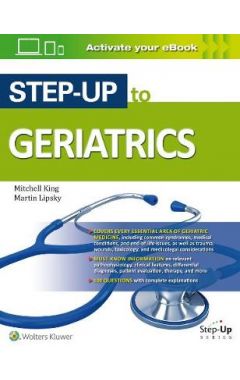
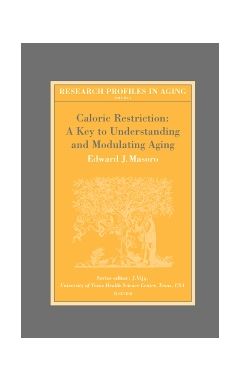
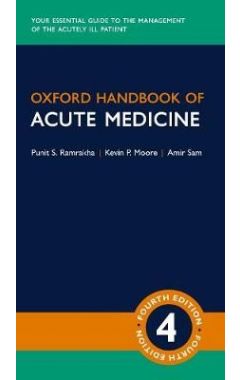
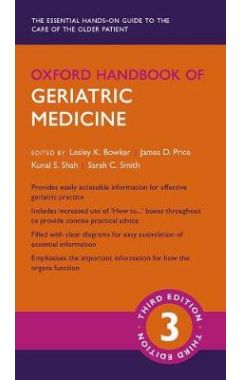
Login and Registration Form